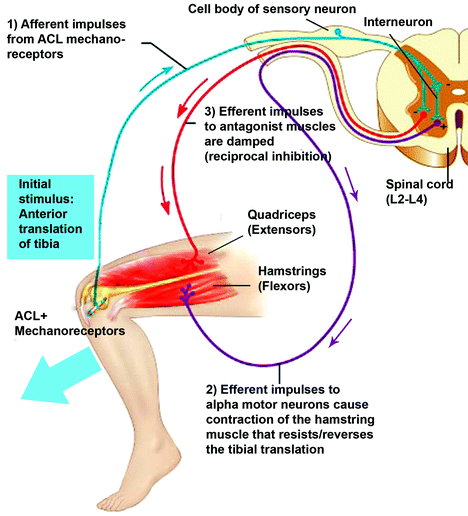Why it Takes 2 Years to Return to Performance After ACL Surgery
I am a sports physical therapist and I’m here to explain why it’s normal for players who have ACL reconstruction (ACLR) to not perform in year 1 after surgery.
The function of the ACL is to prevent your tibia (shin bone) from moving forward on your femur (thigh bone). In short, this ligament helps to give your knee rotational stability.
However, it has some “indirect” functions, which is called proprioception. The term proprioception refers to our body knowing where it is in space. The ACL is rich in these receptors, and provides valuable information on the position, speed, and tension that is going through the knee joint at any given time. When the ACL tears, these receptors are affected as well. When you have ACL reconstruction surgery (gold standard), a graft is taken from your patellar tendon or hamstring tendon, which is not rich in these receptors. New research has been coming out in the past few years showing how the visual system is over active after ACLR because of deficits in proprioception. There is low quality research showing that this proprioception returns between 18-24 months to normal levels.
Another relatively new concept is called “arthrogenic muscle inhibition” or AMI. AMI is essentially decreased muscle activation, not necessarily decreased strength. It’s often seen following significant knee injury or surgery (not just ACL), and the cause is hypothesized to be multifactorial including swelling, decreased reflex excitability, and other complicated neural causes. Interestingly, it is often seen in both quadriceps after ACL tears! If it is not addressed early and properly (and sometimes even if it is addressed), AMI can lead to significant long term deficits and decreased activation of the quadriceps.
Just as important as the physical part is the psychological part of ACL injury. Take a guy like Kyler Murray, who tore his ACL on a very normal play. Every time he is making a similar cut, the thought of fear is going to cross his mind. Imagine you’re performing a task that you perform everyday at work, and one day you just randomly suffer an injury which causes you to be out of work for a year. It’s devastating and it is something that is often overlooked in ACL rehab. There is an entire field of research focused on “kinesiophobia” or fear of movement following ACL injury.
Another contributing factor that likely contributes a little is the fact that when you’re rehabbing, you’re not able to practice at the level you should be for a significant period of time.
This doesn’t even take into account multi-ligamentous injuries and other complications that can go wrong during surgery and rehab.
Here are some guys who are year 1 following an ACL: Breece Hall, Javonte Williams, Kyler Murray, Zach Ertz,
Year 2: JK Dobbins, Gus Edwards, Michael Gallup, Robert Woods, Chris Godwin, OBJ
In conclusion, tearing an ACL isn’t just like tearing any other ligament. Loss of receptors, AMI, and fear are common reasons for decreased performance in year 1. ACL tears are more than just a physical injury.
Let me know if there are any questions, I didn’t want to make this article too science heavy but if you’re interested in something specific mentioned let me know because I have a ton of citations saved up.






